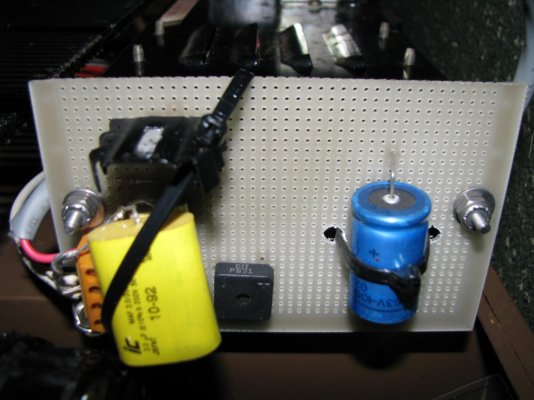We have a Norcold AC/DC undercounter refrigerator/freezer on our boat. Installed by PO so it's now at least 15 years old. It began having a cycling problem about three years ago so we first looked into having it repaired. Called all the refrigerator repair shops in the Puget Sound area that were listed as Norcold service centers. All of them told us the same thing.
They absolutely hated the units and for the most part, refused to work on them. The one shop who said they would still work on them said we'd have to remove the unit from the boat and bring it in, at which point they would look at it but the chances are it could not be fixed and parts were made of unobtainium.
The biggest source of complaint by the service centers was the compressor, which they said was absolute rubbish and was based on this weird 24 VAC inverter (IIRC) system that made no sense whatsoever and was impossible to fix. And you couldn't replace it because they weren't available for older units anymore.
Even the one shop I talked to that still sold Norcold said never buy one.
So..... based on that depressing turn of events we started researching a replacement and in the end decided on an Isotherm unit. Our requirements were AC/DC, fit in the same space the Norcold does (with only minor spacer adjustments if necessary) use the same wiring that went to the Norcold, and has a Danfoss compressor.
We selected a model that fits this bill perfectly but we have yet to buy and install one. The Norcold fixed itself about the same time we changed the battery system on the boat, so the problem may have been related to that and not the Norcold itself, and it has been running just fine ever since.
Our policy on our boat is never to replace anything unless it fails or no longer does the job we need it to do, so we will keep the Norcold, as inefficient as it is by today's standards, until such time as it truly does crap out. At which point, assuming things are the same, we will go with Isotherm.
All the shops we talked to said the average life span of a Norcold unit is five years. The only reason I can come up with for the longevity of ours is that since buying the boat it has never been switched off. Even when the boat is hauled out in the yard it's on groundpower and the refrigerator is on. We keep it stocked year round because we use the boat year round so perhaps continuous use is good for it.








